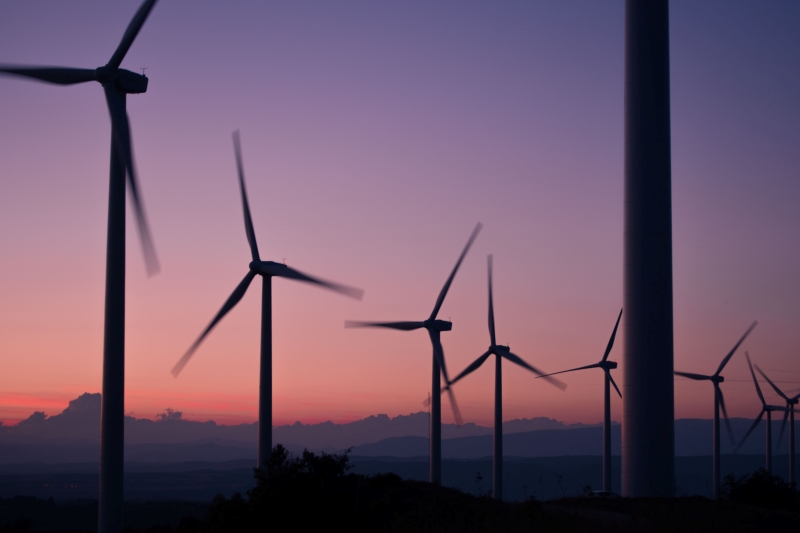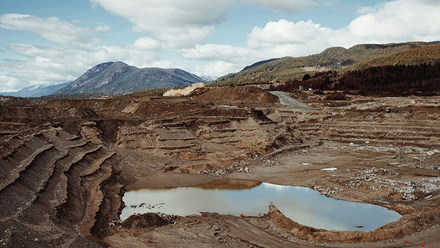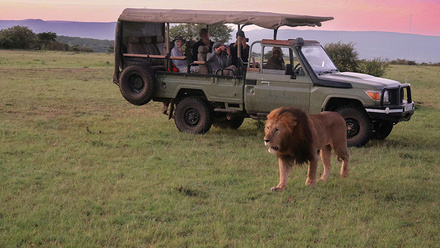Restoring wind farm peatland
Restoration of peatland is progressing alongside Vattenfall’s planned largest onshore wind farm in England and Wales.

Up to around 1,500 hectares of blanket bog and other peatland habitat restoration is now underway around the Pen y Cymoedd wind farm, reportedly bringing back a richness of biodiversity and halting a source of leaking carbon, protecting the remaining carbon stored in the peat deposits. Furthermore, Vattenfall says with time it will return these peatlands into a carbon sink.
The wind farm became operational in 2017 and peatland restoration work started two years later.
Pen y Cymoedd’s 76 turbines in South Wales can produce enough electricity to power 15% of Welsh homes annually. It also holds a 22MW battery that can store some of the electricity produced at the site.
Vattenfall claim that, in around roughly 10 years, much of the area will start to look like it did before Sitka spruce was planted and before the value of peat as a carbon store was fully understood – this North American fast-growing species of tree was planted on peatland across the United Kingdom for timber production.
As it was drained to make it dry enough for tree planting, carbon began to escape from the peat. Then as the trees grew, the roots penetrated the peat and caused further drying and cracking that released more carbon.
Restoration work is scheduled outside the breeding season to avoid disturbing birds. The methods are adapted after peat depth and various hydrological factors are categorised.
To avoid dry high points and very wet low points, the excavators are also driving in a specified pattern to flatten and compress the surface. The process helps retain the water on the surface and encourages the return of the sphagnum moss.
To ensure the trees don’t grow back further, research will be carried out on how to discourage trees from regenerating on restored areas. This will include examining whether felling trees when they are seeding results in more regeneration.
Vattenfall is funding research, on top of the £3mln habitat management plan budget, in cooperation with Swansea University, UK. Various botanical and hydrological perspectives of bog restoration are being researched, as is the carbon balance of restored peatland.
The restoration and research is in collaboration and partnership with various stakeholders, including the owner of the land and the Welsh government sponsored body Natural Resources Wales, and has led to Pen y Cymoedd becoming a hub for learning and research in the area.
‘The area stops emitting CO2 and methane and becomes a carbon sink, capturing and storing carbon once again,’ says Vattenfall Environmental Specialist Robin Cox.







